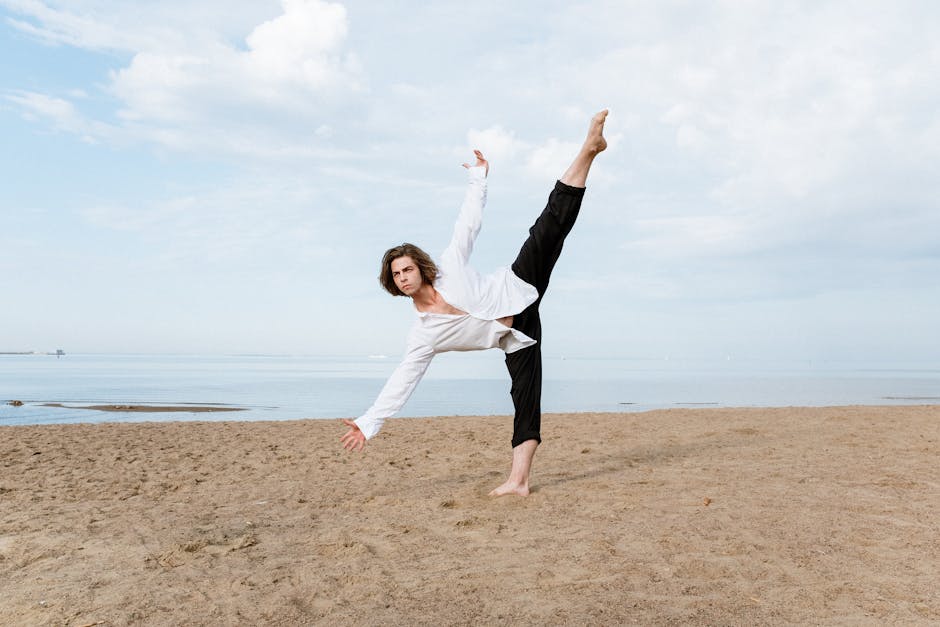
Dance Improvisation Techniques
Imagine being able to express yourself freely through the art of dance, without the need for choreography or predefined moves. That's the beauty of dance improvisation techniques, which allow dancers to explore their creativity and artistic abilities.
One popular technique is known as 'contact improvisation,' where dancers engage in physical touch and respond to each other's movements. This form of improvised dance often involves partnering and can lead to beautifully unexpected sequences and interactions.
Another technique is 'guided improvisation,' where dancers are given specific prompts or cues to inspire their movements. This can come in the form of imagery, emotions, or even music. Guided improvisation allows dancers to tap into their inner emotions and translate them into powerful movements.
'Structured improvisation' is another approach, where dancers follow a set of predetermined rules or guidelines while still maintaining the freedom to explore and create movements. This technique offers a balance between structure and spontaneity, allowing dancers to push their boundaries while still adhering to certain constraints.
Lastly, 'solo improvisation' is a technique that encourages dancers to explore their individuality and personal style. Without the influence of other dancers, solo improvisation allows for complete freedom of expression and the opportunity to showcase one's unique movement vocabulary.
The-power-of-improvisation-in-breaking-creative-barriers
Unleashing-your-inner-dancer:-Exploring-improvisational-styles
Dance-like-nobody's-watching:-Mastering-improvisation-with-confidence-
Embracing-the-unknown:-The-thrill-of-spontaneous-dance-moments Tangents:- --Unlocking-the-secrets-of-freestyle-choreography --Unconventional-dance-forms-revolutionizing-the-improv-scene
